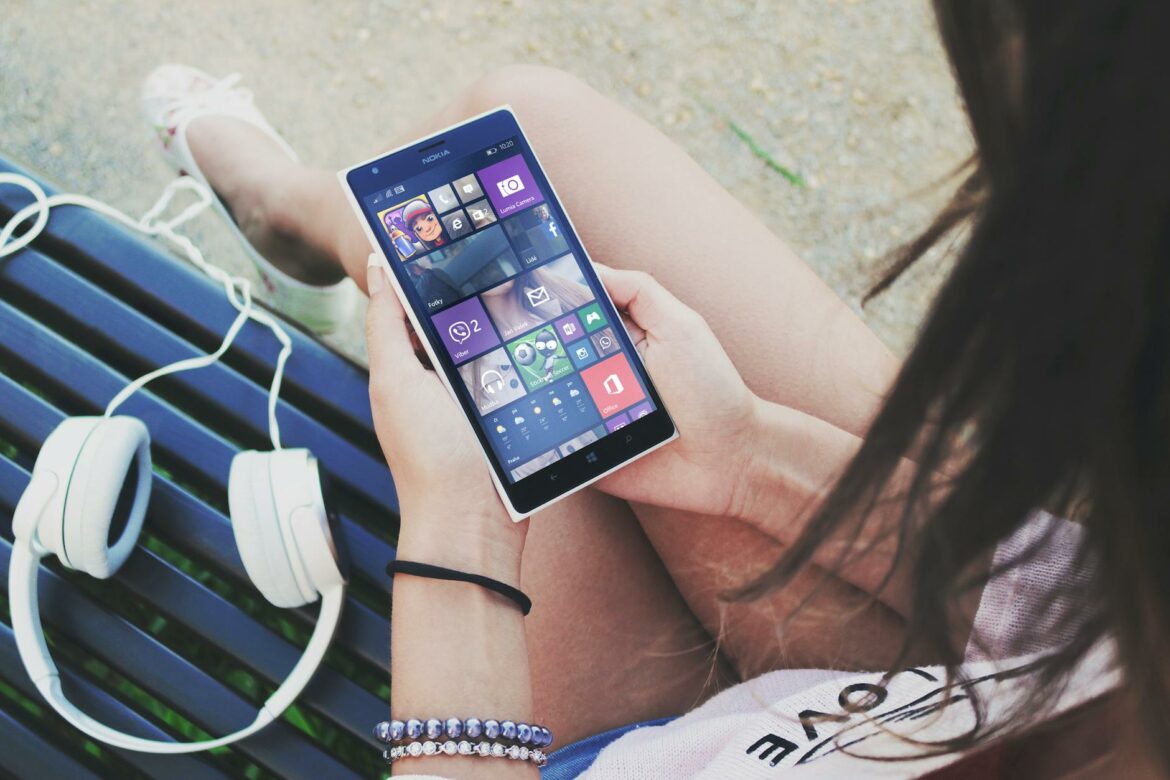After a long day, Emma sat on her couch, scrolling through her phone, her thumb swiping mindlessly through an endless feed of memes, videos, and notifications. Each ping of her device promised a burst of distraction, a few seconds of entertainment–but by the time she put it down, she felt drained rather than rejuvenated. This is a common scenario in our hyper-connected age, where the digital chaos surrounding us can often drown out the tranquility we crave.
The notion that more digital engagement equals more fulfillment needs to be reevaluated. Many believe that filling their screens with content is the only way to stave off boredom or to stay “in the loop.” This misconception persists in a world that celebrates continuous connection and instant gratification. Social media platforms are designed to hook users, often equating time spent online with enjoyment or productivity. But the result can be dangerously misleading. Rather than fostering genuine satisfaction or creativity, this compulsive need for engagement can lead to feelings of restlessness, anxiety, and even depression.
The fact is, the more stimuli we take in, the more our brains crave. This cycle of consumption can create a dopamine rollercoaster, where brief moments of pleasure are followed by prolonged stretches of emptiness. You might feel good scrolling through a beautifully curated Instagram feed, but the fleeting high rapidly dissipates, prompting you to seek more digital interaction. It becomes a vicious cycle–one that often leads to burnout and disconnection from the real world surrounding you.
One effective strategy to combat this downward spiral is digital decluttering. Think of it as a detox for your digital life. It involves thoughtfully curating your devices, apps, and activities to foster a healthier relationship with technology. Rather than having every notification pinging at you, silencing distractions allows your mind to breathe and helps restore a sense of control.
A practical approach to decluttering is to start with the apps and platforms that consume the most of your time. Assess what truly adds value to your life. Do the countless meme accounts on TikTok enrich your day, or do they merely fill a void? If you only do one thing, delete an app that doesn’t serve you–something you’ve been meaning to let go. This simple action can be liberating.
Another misconception is that you must completely sever ties with technology to benefit from decluttering. In reality, it’s about balance. Allowing yourself time away from the incessant flow of information does not mean shunning all tech. It means creating choice in how and when you engage. Periods of reflection away from screens can lead to deeper creativity and a renewed focus on the tasks that matter.
Yet, the importance of this balance raises a question: How would your life change if you were more intentional about your digital presence? The answer may lie in the moments of clarity and inspiration that come when you choose stillness over noise.
As you navigate your digital landscape, consider implementing a daily or weekly “digital sabbath,” where you unplug for a designated period. This practice can help you recalibrate and remember that life exists beyond the screen. With careful curation and intentional breaks, you can navigate your digital world with a sense of purpose rather than anxiety.
Ultimately, the path to dopamine sanity hinges on our ability to declutter not just our digital lives, but also the noise that fills our heads. By making mindful choices, we can reclaim our time, attention, and, importantly, our mental well-being.

